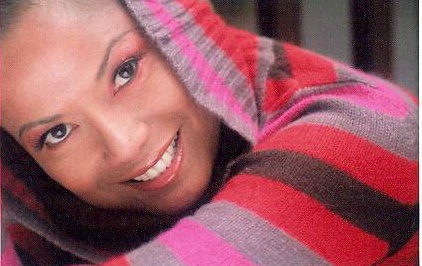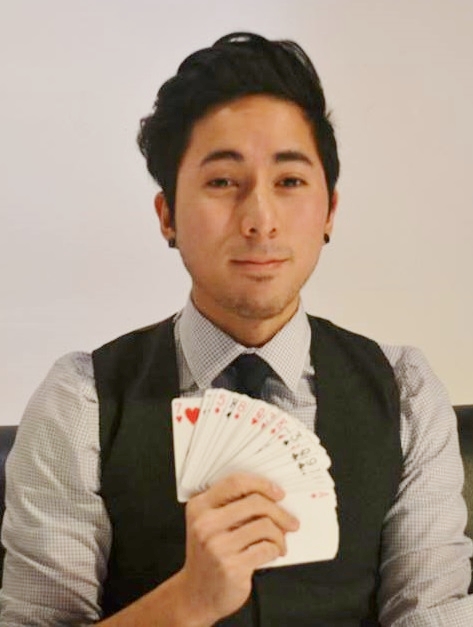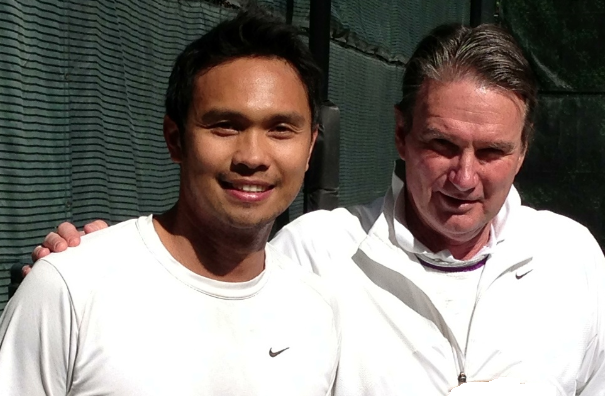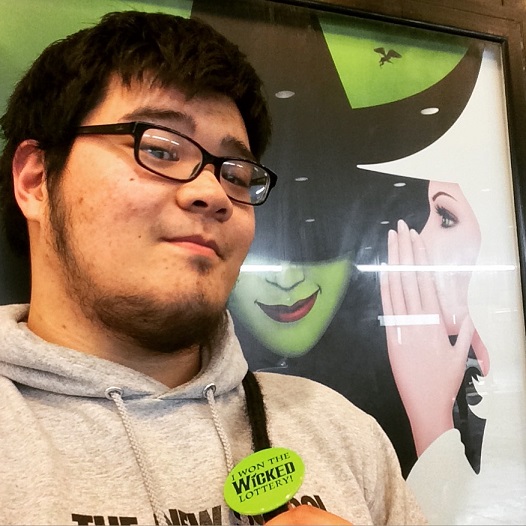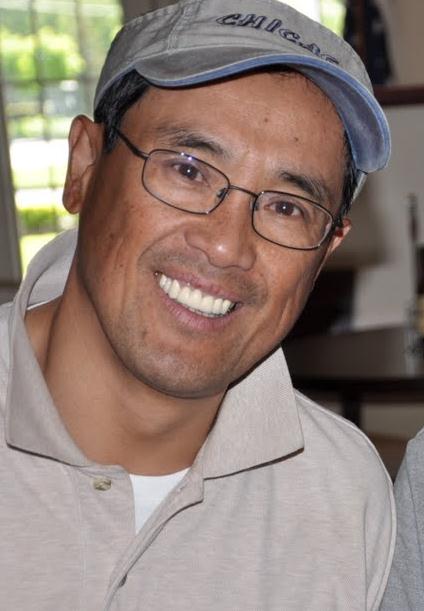‘In U.S., golf is not a status symbol’
By Cristina DC Pastor
Late-blooming golfer Jerry Pabalan is president of the Filipino American Golfers Association of NY/NJ/CT.
TF: Do FilAms use golf to close business deals?
JP: If they do, they don’t advertise, but I know of a few business relationships that have prospered with FAGA. We have a roster with such diverse membership where people come from different professional backgrounds that I’m not surprised when business deals are initiated or concluded.
TF: In the Philippines, golf is a status symbol. Is it the same here in the United States?
JP: The way I see it, golf in the U.S. is open to anybody who is interested enough to invest in a decent set of golf clubs. It’s played by people from all walks of life and is not necessarily tied to their income level.
TF: How old is your group?
JP: FAGA was formed in 1999 with 38 players. Friendship and camaraderie were the primary factors that brought us together. Over the years through word of mouth, people started to ask and became interested in joining, and membership grew. This was open to everybody not just the Filipino American community. In the early 2000s, FAGA had a total membership of around 100. We have Caucasian, African American, Vietnamese, Malaysian, Korean and Chinese members. For an individual to be a member, he or she must be sponsored by a member of good standing. But as the economy soured in the past couple of years, membership declined. For 2011 we’re looking at renewing interest among old members and prospective ones and hopefully we’ll get a decent turnout.
TF: Are there women members?
JP: We do have female players and we encourage this a lot. In the past we had reduced membership fees for couples who sign up together.
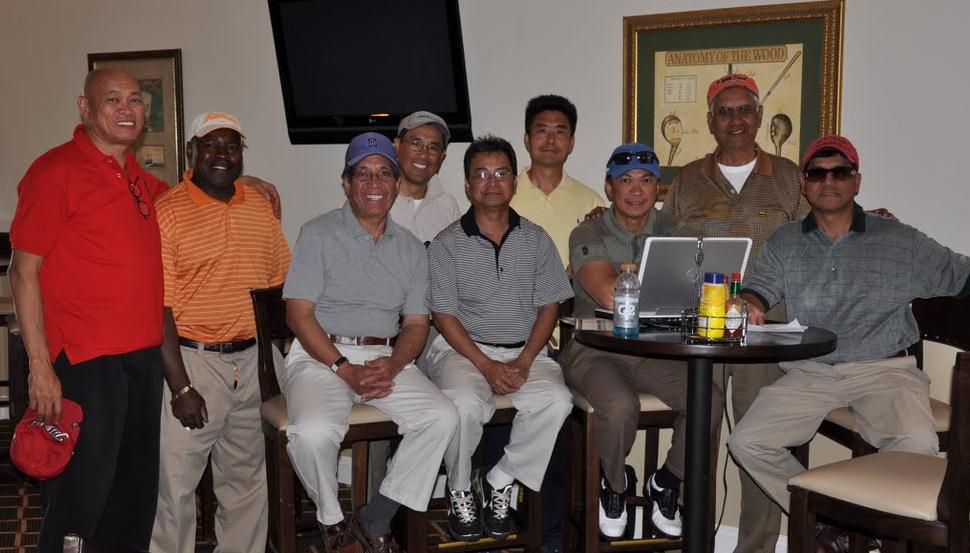
FAGA members (from left) Nelson Perez, William Pinckney, Eric Ciar, Jerry Pabalan, Efraim Carballo, Dr. Sam Song, Bong Alorro, Carmo Lobo, Bob Zarate
TF: Where are your members from?
JP: A majority of the members are from New York though with a few from New Jersey and Connecticut.
TF: Where do you usually play?
JP: Few years ago, we split between New Jersey courses and Long Island golf courses. Last year, we primarily played in Long Island. This year, we have three or four games west of the Hudson River. We try to take into consideration where people live – to make it easier for the members to get to the golf course and back home. For the most part, we also looked at the greens fees that we pay. There are many golf courses in the area that have reasonable rates with great design and with an equivalent amount of amenities. We don’t pay membership fees to these golf course – we pay as we go.
TF: Golf is a seasonal game. What do you do during winter?
JP: Funny you should ask that because we live in an area where the cold weather sometimes can be atrocious and we need some indoor activity in the cold months. This past winter, a few people got together and played tennis on a weekly basis. This is something that people can do to maintain their ability to swing a golf club.
From my personal observation, most people take up the game of golf primarily because they got bitten by the bug. For them, it’s the sheer enjoyment of hitting the ball, walking up to it and hitting it again and learning the art of the sport. It’s a form of personal achievement.
TF: Where’s the best golf course, and why do you like it?
JP: I would have to choose the Long Island National golf course on the eastern part. It’s beautiful and challenging but can be rough at times especially when the wind is blowing. It reminds me of life – sometimes you get a break and sometimes you don’t. You just have to keep swinging and in the end it’ll all even out.
TF: How does one get started? Looks like an expensive recreation to me.
JP: You don’t have to have the full 14 clubs in your bag to play.
I’ve been a member of FAGA since 2004 and my only regret is I should have started playing golf earlier. A lot of my friends and coworkers have been asking me to go hit balls at the driving range, but I always declined. It took me a while to get started but when I did, it really got me going. Now I find it really rewarding to play with an elite group of players.
I think what drives the interest is when you watch other people playing and then wonder if you can also hit balls. Once the interest gets stimulated, the first stop is the driving range. Hitting balls at that level requires a modicum of eye-to-hand coordination. If you can hammer a nail without hitting your thumb, you can hit a ball.
Long-time Patchogue resident Jerry Pabalan works as an analyst at Telephonics, a company that does business with the defense department.



